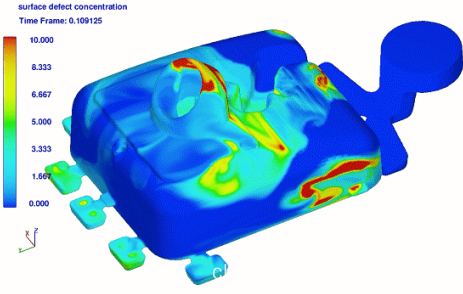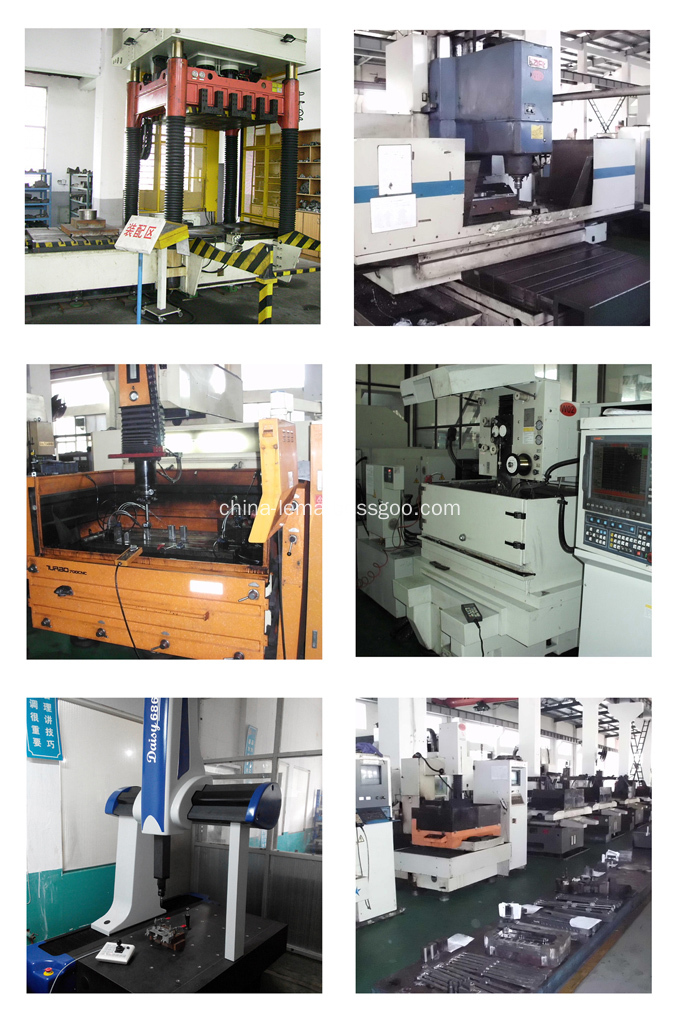The vacuum tester is a high-voltage electrical appliance commonly used in power systems. Its core component is a vacuum interrupter. Because the arc extinguisher is based on vacuum conditions, it is not as easy as an oil switch and SF6 switch to detect its quality. . Traditionally, vacuum circuit breaker users determine the vacuum degree of the arc-extinguishing chamber by means of power frequency pressure resistance method. This method can only roughly judge the arc-extinguishing chamber with severe vacuum degree.
1, the instrument is a precision instrument, circuit board wiring density, generally require storage in a relatively dry place. If the environment is humid, you should always power on.
2. If the current value of the vacuum tester after testing is zero, check the arc extinguishing chamber surface is clean. Because the surface is not clean, the change value of the leakage current may be greater than the ionization current value. In this way, the measured value minus the leakage is less than zero, and the instrument is judged as zero. After this happens, the surface of the arc extinguish chamber is cleaned and tested again. In general, the degree of vacuum obtained in this manner is more accurate.
3, when used, the high voltage output line must not touch the human body to prevent electric shock.
4. When the high-voltage indicator lights up, do not touch the high-voltage line and magnetron current line to prevent electric shock.
5, disassembly and printing paper in the vacuum tester instrument power first, in order to avoid damage to the printer. When changing paper, open the front panel, and use the index finger and thumb to pinch the two clips on both sides of the printer and gently pull the printer out so that the exit port is slightly higher than the instrument panel, but you cannot drag out the distance too much and the new paper port section Cut into a pointed shape, insert the printer's feed port, open the instrument power switch, press the print button, make the paper from the printer's top out of a distance, insert the panel outlet slot to export. Cover the printer panel and load it.
6, vacuum tester without any user-serviceable parts, such as failure, please professional maintenance, or contact the supplier, do not open the instrument without permission, in order to avoid accidents or cause unnecessary losses.
7. The measuring range of the vacuum degree of the instrument is between 9.999×10-1 and 1×10-5, and the ion current measurement range is between 9.999×10-1 and 1×10-7. When the vacuum degree of the vacuum tube is greater than 10- The vacuum tube is recommended to be scrapped when the 2 Pa or ion current is greater than 500uA.
8. If the pressure in the vacuum tube of the vacuum tester is equal to atmospheric pressure (ie, the vacuum tube is broken), the instrument will reject the test and return to the initial state within the measurement range of the instrument.
The domestic current situation of the die-casting mould
Die Casting Mould industry has developed rapidly in our country, the total output growth significantly, domestic die casting mold production after the United States, has become the second in the world, become the veritable die-casting superpower. It can have such achievement because of our country with unique broad market advantages and relatively cheap labor force. Depend on very obvious price in the international trade market, we produced the die casting mould which occupies a bigger superiority, according to the situation, in the future Chinese die casting industry development prospects are very broad.
The designing of die
casting tooling
1, According to the materials, shape and precision product, analyze technology,
decide of the process.
2, Confirm the location of product in the mold cavity. Analyze parting surface,
overflow system and the gating system.
3, Design the various activities of the core are assembled and fixed method.
4, Design the core-pulling distance and force.
5, Design the ejection device.
6, Confirm the die casting machine, design the mould base and the cooling
system.
7, Checking the mould size and die casting machine, drawing the process
flowchart and component of die casting mold.
8, Design is complete.
Die-casting mould making flowchart

Aluminum injection mould material and materials and its properties
Material of aluminum die casting mould: H13, ASSAB DIEVAR, SKD6;
Mould base: #45 steel, standard mould base (LKM);
Hardness after treatment: RHC 48~52;
Standard Configuration: Cooling system;
Tolerance: 0.1mm;
Machining equipment: CNC gantry milling machine, middle-speed WEDM machine, slow-feeding EDM, die spotting machine;
Mould life: 50000 shots ~ 100000 shots;
Lead time of die casting mould: 40 days-60 days.
What is the Moldflow analysis, this conception derived fromtaiwan. it's a precess through the computer for injection molding simulation by data simulate software, and get data result. Then assess the feasibilty of the mold program through these results to perfect mold and production designation.The common software for plastic mold such as moldflow, moldex 3D and so on. And the common software for Aluminum Die Casting Parts such as PROCAST, FLOW 3D and so on.

The conventional materials of die casting core, insert, slider

Production of die casting mould and QC control

Die Casting Mould
Aluminum Die Casting Mould, Zinc Die Casting Mould, Die Casting Mould, Die Cast Mold
NINGBO BEILUN LEMA MACHINERY TECHNOLOGY CO.,LTD , http://www.china-lema.com
